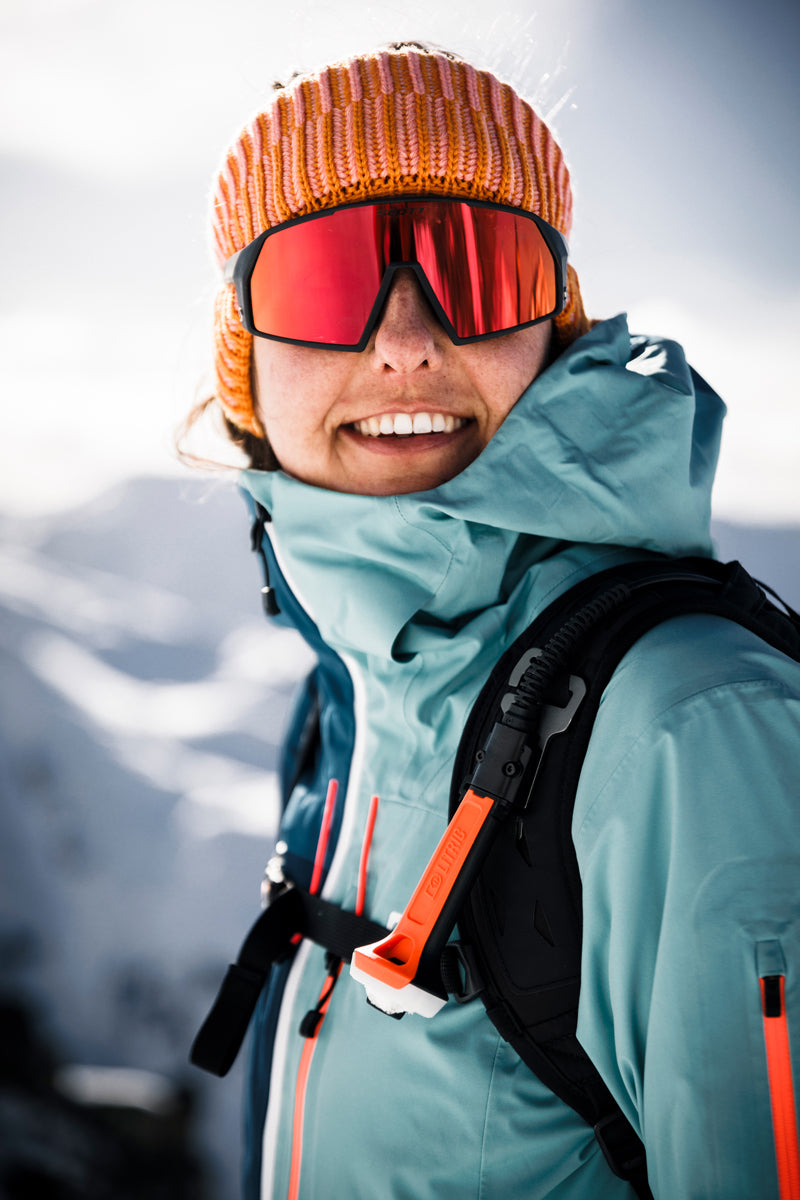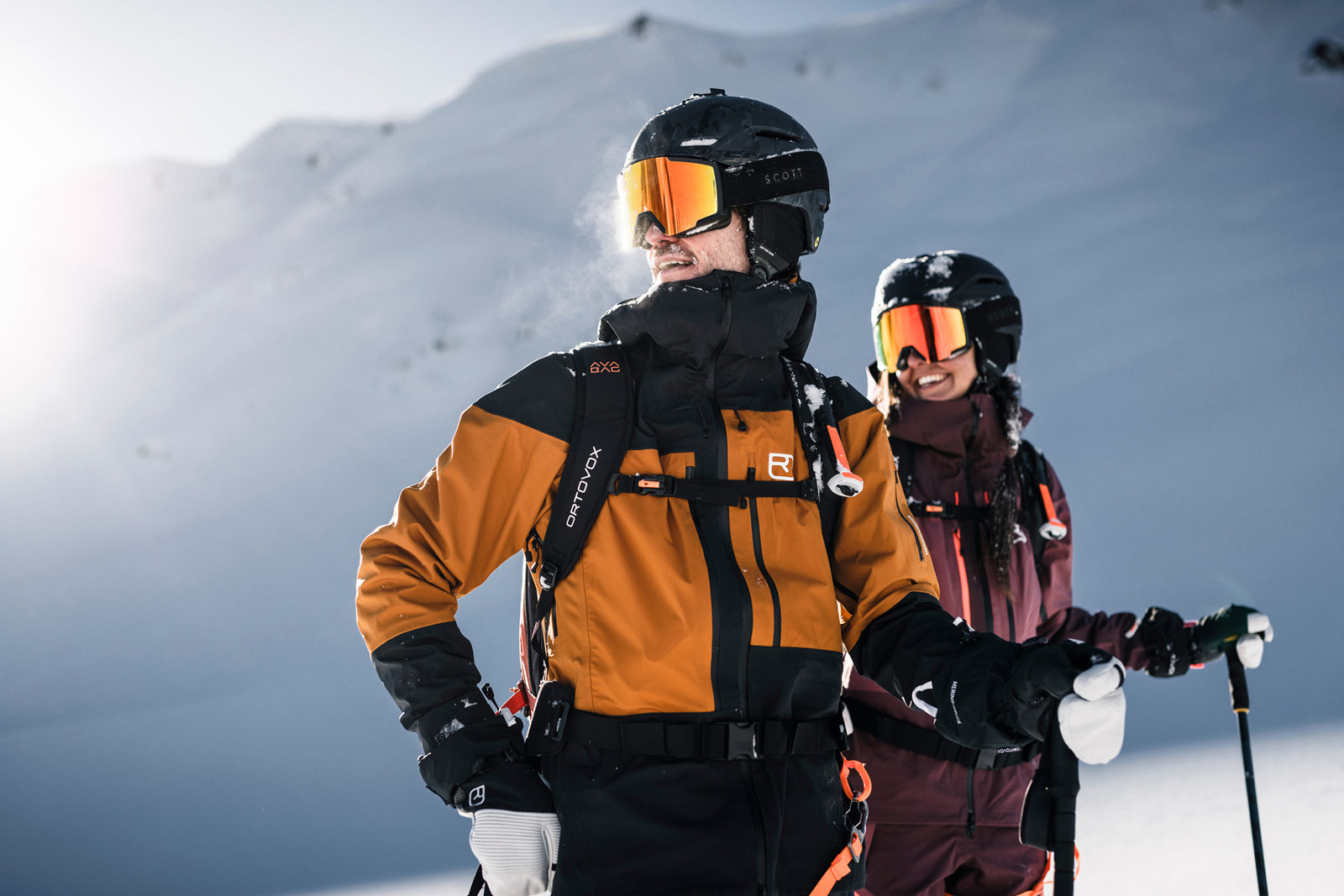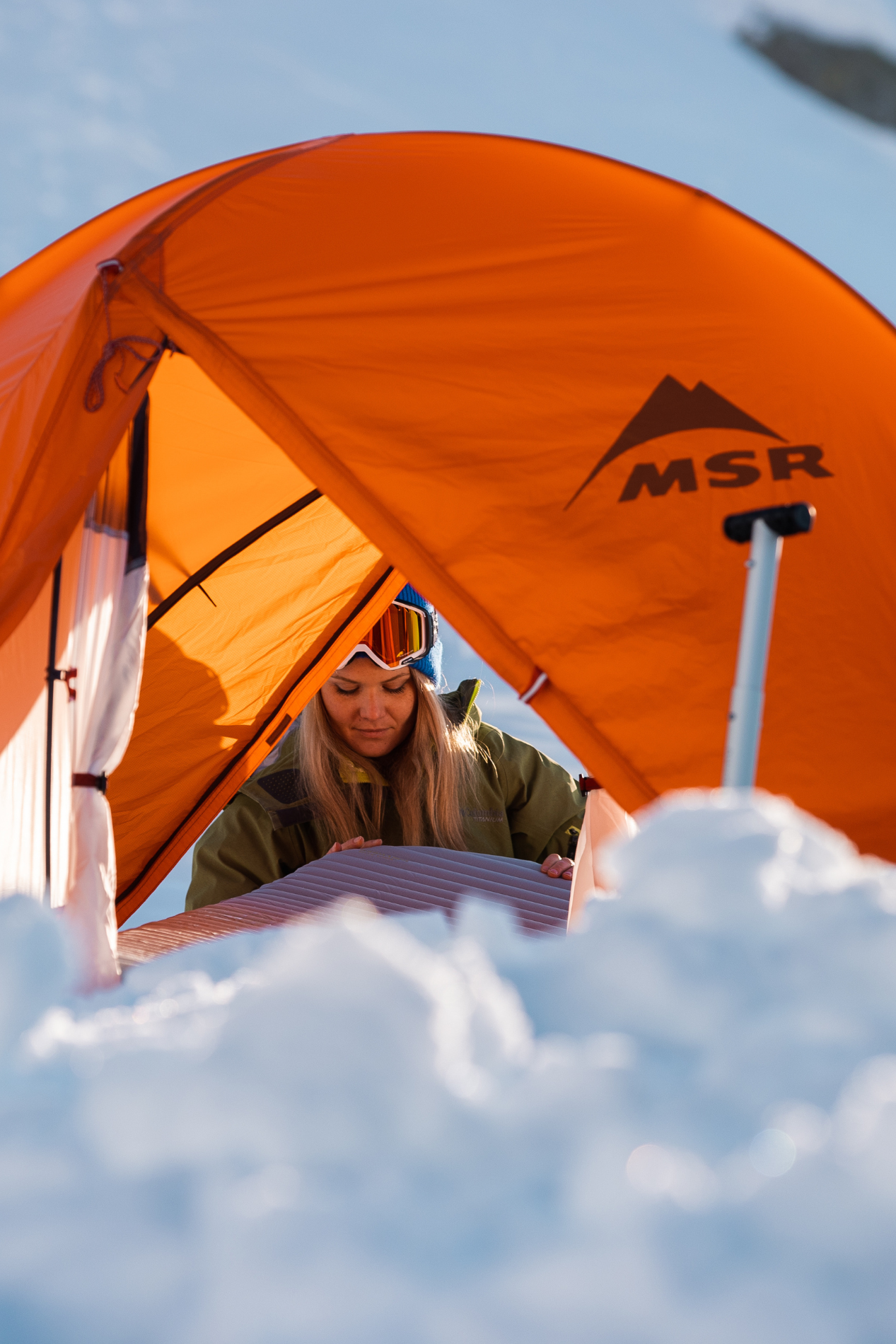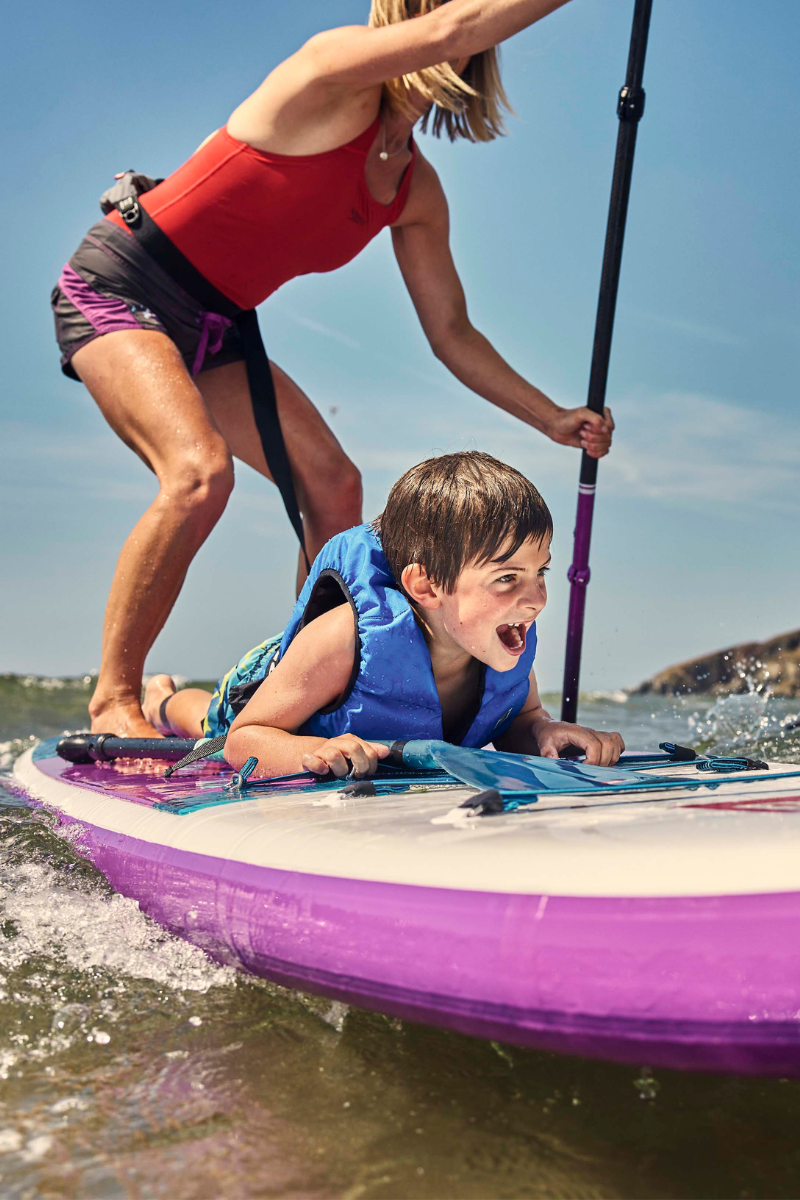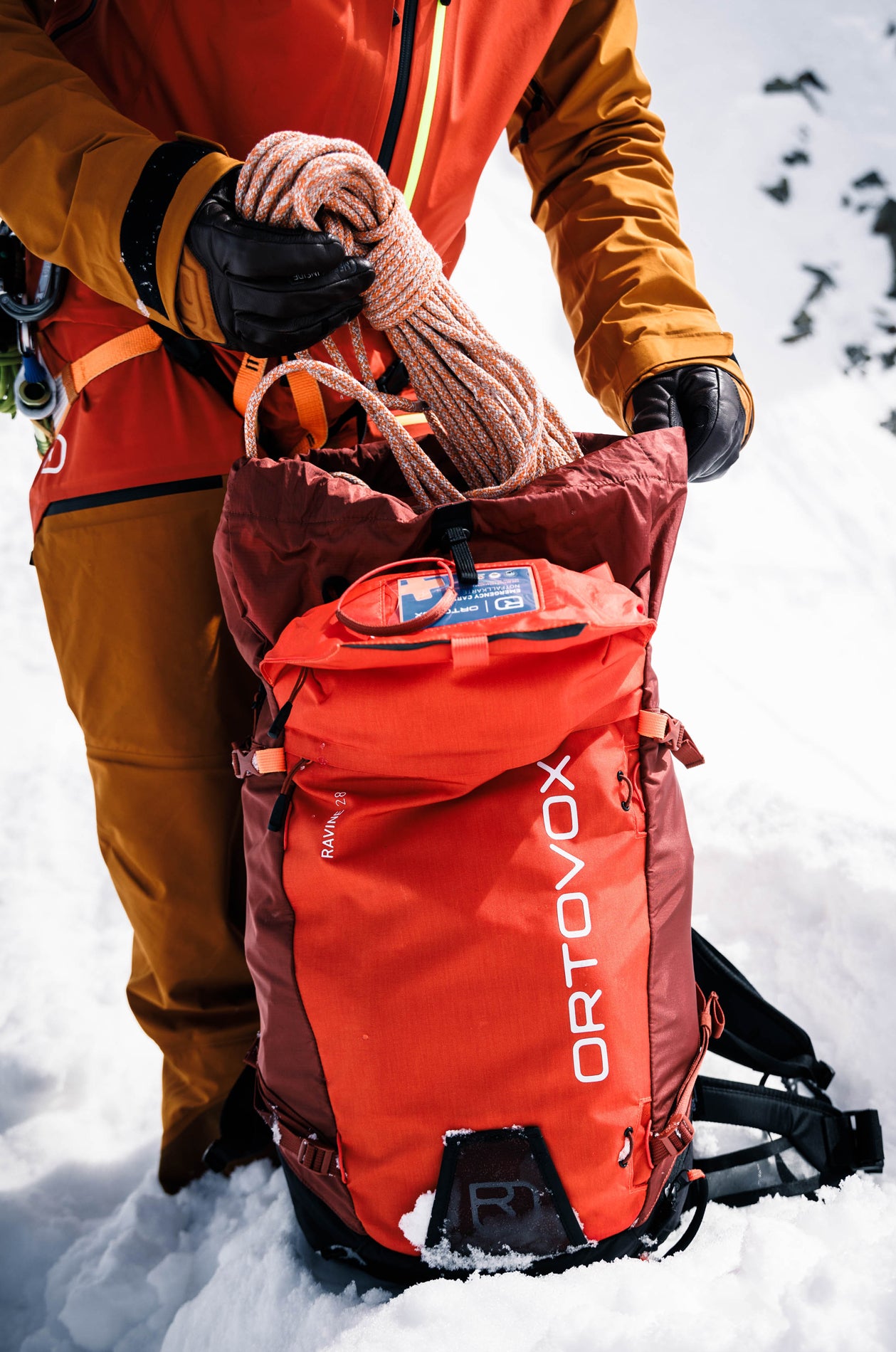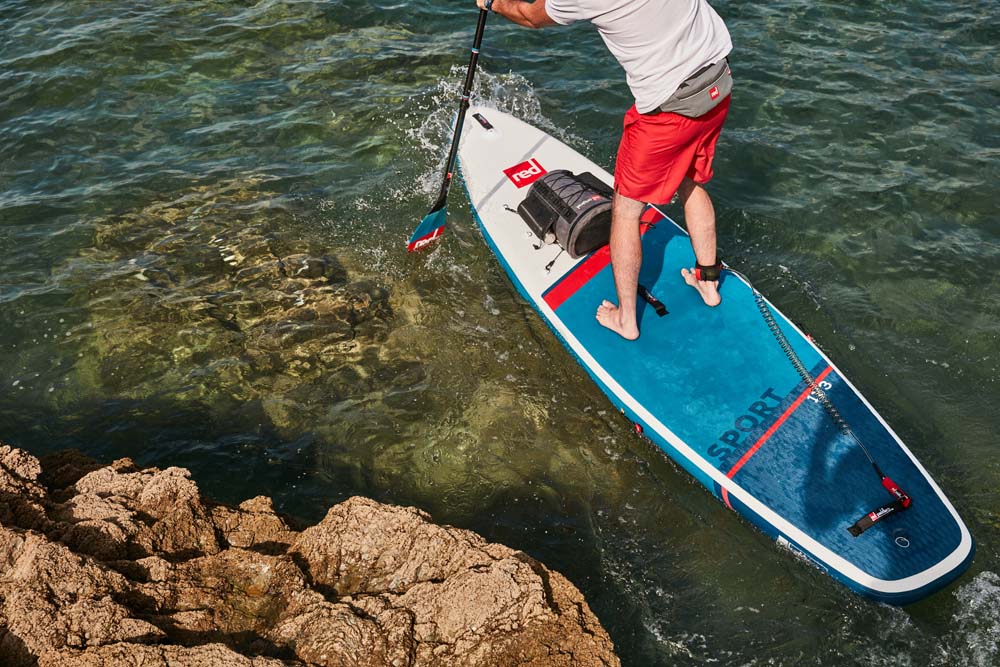Have you planned a stand up paddle board touring trip this summer and are looking to learn more about what to pack? If so, this blog and video is for you!
We reached out to Norm Hann who has a decade of paddle board guiding experience behind him, to ask what he takes on his paddle board touring trips.
In this blog you will learn;
- How to load the board?
- How to stay safe on a Paddle board?
- Paddle board navigation equipment
- What camping equipment do I need?
- What cooking equipment do I need?
If you would prefer to watch the video version, check it out here;
Check out the rest of our Paddle Board Series;
Best places to paddle board in Whistler
4 things you need before paddle boarding this summer
Red Paddle Voyager Touring Board Review
How to load a Paddle board
Keep the weight low
When paddle board touring, weight is key and its crucial to maintain a low centre of gravity when you pack your paddle board. If you pile up your gear high, you raise up the centre of gravity and make the paddle board unstable.

Keep the weight upfront of the paddle board
Norm likes to keep gear at the back that do not get used throughout the day - his sleeping kit, pump and spare paddle. He also like to keep lots of space around the middle of the paddle board so he can sit, stretch his legs and take a rest.
"Most of the paddle board volume is around the middle and up front of the paddle board. So this is where you want to put the most weight"
Norm likes to have his items in this order (closest to him first)
- Dry bag - safety equipment, food for the day, emergency clothing, map, compass.
- Dry bag - food
- Dry bag - clothing
Tie your gear down
Norm recommends taking the bungee cord off the stand up paddle board first and then re-strapping the bungee code around your dry bags. He also carries extra bungee code that he ties to the handle of the paddle board to keep important items close to hand.
How To Stay Safe Paddleboarding
Whats Ifs
When thinking about paddle board safety, it's important to go through as many what's ifs as possible. From these what's ifs you can come up with items that you will need to take with you to keep you safe during these scenarios.
Norm likes to carry 3 communication pieces with him on paddle board touring trips.
- Mobile phone
- Vhf radio - this allows you to communicate with boats and call search and rescue. A VHF radio allows you to also get a weather report from enviro Canada. You can also set it to channel 16 for marine communication.
- Garmin In reach - which needs a subscription but allows you to get weather plus you can link with your phone to send text messages.

Here are the ten essentials safety items for every trip;
- cell phone
- vhf radio
- in reach
- whistle
- power source
- headlamp
- multi tool
- watertight later/firestarter
- warm gear
- first aid/repair kit
Paddle Board Navigation Equipment?
Having a map/chart of where you stand up paddle board is crucial. Norm also carries a write in the rain note pad with tidal times copied down if he is in the ocean touring.
What Camping Equipment Do You Need?
It's important to think in advance about where you are planning to sleep. If you plan to take a hammock, make sure you know there will be trees.
If you are going with a large group make sure there will be enough space for a large tent.
James' sleeping system
- Tarp - This is the first thing out of the bag. This is so if it's wet you can get shelter fast, so make it easily accessible.
- Sleeping bag, mat and hammock - Contained in its own air purge dry bag to keep the size as small as possible. The sleeping bag is down, its important to know that down does not retain heat when it's wet. So if you the bag may get wet either from rain or dew point and you are out for multiple days without the ability to dry the bag. You may want to look into a synthetic sleeping bag.
- Hammock is an excellent piece of gear for the the coast, this is because there are lots of trees. One thing to note is that if the temperature is below 16C then you will need a sleeping mat because you will have cold back. Anything above 16C and you can likely get away without a sleeping matt underneath.
James also has a second mini tarp to go over the top of the sleeping equipment.
Norms sleeping system
- Down sleeping bag - he uses down to save space as it packs smaller than a synthetic sleeping bag. He makes sure his sleeping system is in a dry bag for extra protection.
- Norm uses a sleeping matt but he also uses a 1 person tent.
- His guilty pleasure item is a pillow for a better quality nights sleep.

What Cooking Equipment Do You Need?
It's important to think about how many days you are going to be paddle board touring for. This will help you decide how much food and fuel you will need. It's also better to air on the side of more fuel. Going back to the what ifs, you may have to stay out longer than you need.
- Stove - Both James and Norm use a fast boiling cooking stove. This all-in-one coking system from jetfoil has a flux ring system which stops heat from escaping. Similar stoves are the MSR windburner.
- Water - A container for your water is important, it's helpful if it has a wide mouth for easy water scooping.
- Water filter - Norm and James use the MSR trail shot water filter which is small and light. You pump the water through a hose to create clean water.
- Matches - James carries extra waterproof matches in his cooking equipment.
- Food - both James and Norm use freeze dried food in the evening. This is because it's fast and easy to make. Choosing food with high kcal is important because after long days paddling you need to refuel well.
- Collapsable GSI mug - this is great for hot drinks and breakfast. Something with silicone is helpful because it means you can still hold it whilst its still hot. This mug also has measuring lines on it so you can measure water for your dried food.
- Cutlery

Finally, Norm advises that you test your gear first. Take your paddle board out for an afternoons paddle or a close to home overnight. This way you can test all your gear before that big trip you have planned.
Learn more about Norm here


